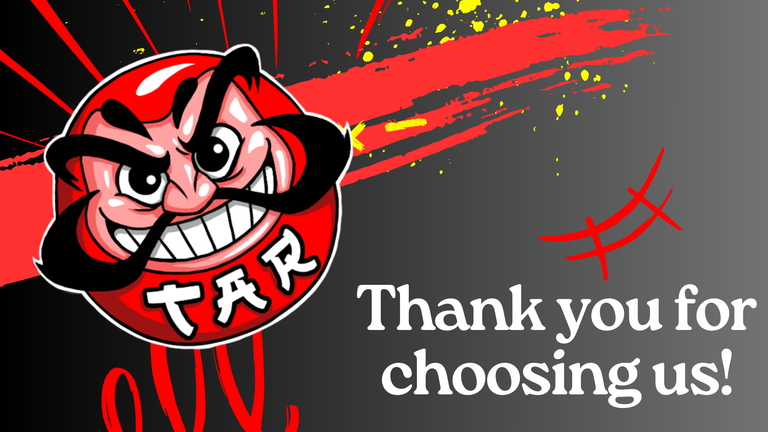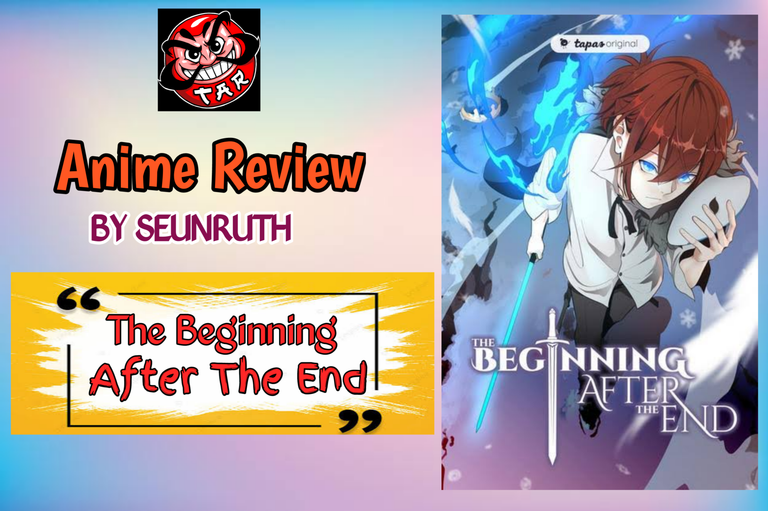
I initially heard of The Beginning After the End (TBATE) as an English-language web novel and webtoon in Tapas. I was hooked on its premise immediately: a great king, Grey, reincarnated as a little boy, Arthur Leywin, in a magical kingdom, who is hell-bent on righting his wrongs and creating a gentler world of the future. I was excited, and wary, when I heard that Crunchyroll and Fuji TV would at last animate it in their +Ultra block. Being an admirer of well-done fantasy I was hoping it would give me the careful world-building and grown-up magic system the source promised.
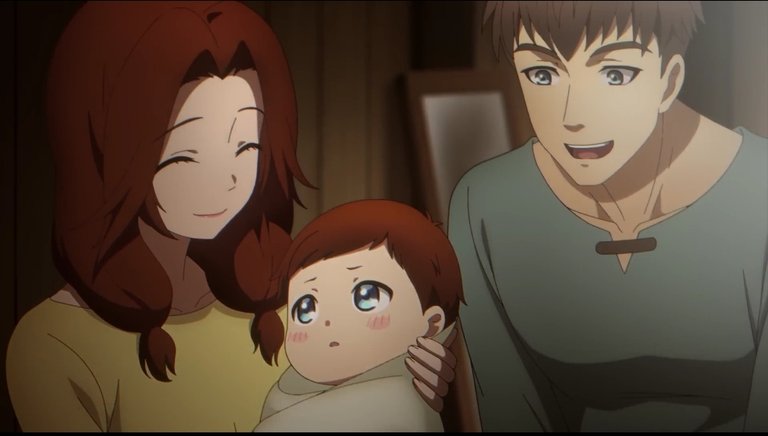
The story of Arthur Leywin starts in the two lives. In the first, he was King Grey, powerful, honoured, yet frigid. He is reborn in Dicathen after a tragic death, keeping his memories of the past. Having been born to retired adventurers, Arthur develops as a prodigy with a narrow mental approach to a wise leader who has a desire to end the chain of power and self-regret. He does not only learn magic and fighting, but also shows kindness, empathy, and the meaning of living along with dragons, elves, friends such as Tessia and Virion, and dangerous threats.
I will not lie Arthur made me stay. His development as an emotionally mature person and reflective narration contribute to empathy. The addition of such characters as Tessia and Virion were quite believable, and the interaction between them made sense and founded fantasy in connection. When Arthur fails, in learning magic or in getting to know how to relate, I was with him. That is not common in most isekai.
It is almost as though Arthur should have received a second chance and Arthur reminded me that second chances are very healing. The viewer can identify with a character who wants to improve.
The sympathy between Arthur and his friends in Dicathen-I could feel their relationships as real, despite not always seeing what matched. It is their humanity that dragged the magic off the screen.
The experience of watching TBATE was similar to supporting a young prince in his quest to obtain a better future than the one he had. I was interested in spite of the so-called PowerPoint animation. With every thoughtful line Arthur jumped out of the screen. I mocked his innocence, sympathized with his sense of guilt and rejoiced when he at last discovered that being kind is better than being strong.
I was also protective, even angry, as there were echoes of petitions such as to cancel it, about its worth. The reason why a story is worth adapting is not only because of the animation but the heart. This show is heartwarming. It is profound. It only requires a studio worthy of its spirit.
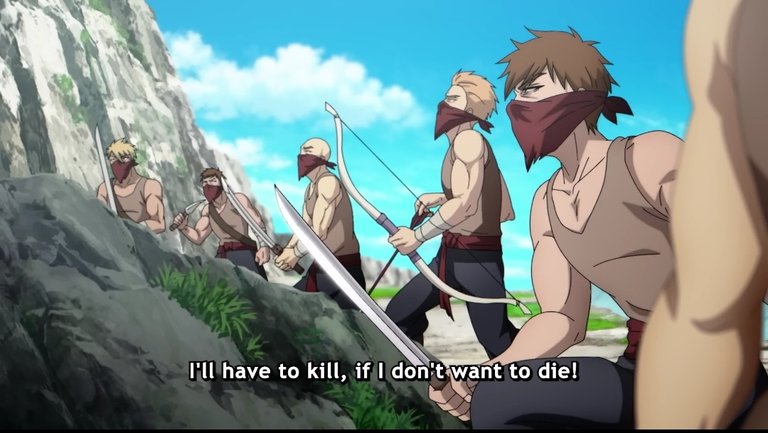
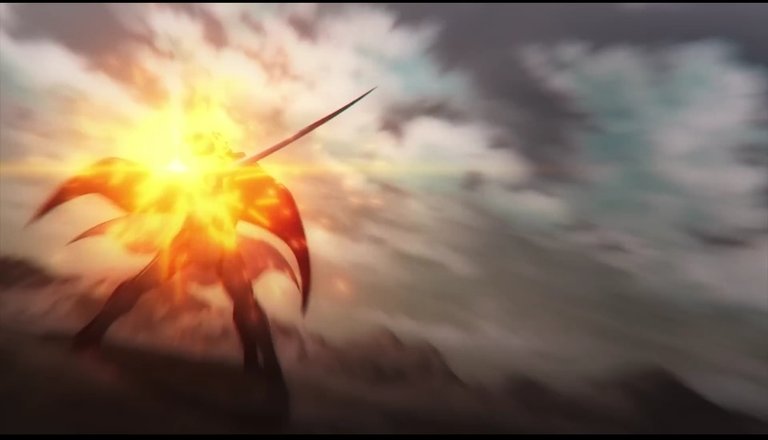
Additionally, not seeing any fillers in emotional scenes, such as missed internal dialogue, was painful as well. However, when the show managed to nail those emotional moments, it was memorable. It reminded me why I should utilize storytelling rather than style.
The Beginning After the End is a good story with actual emotional weight, marred only by inconsistent animation. It is a crude diamond- you have to expect something other than a spectacle.
To the story: It is worth it. The development of Arthur, detail in the magic world, considerate use of backstory, and emotional scenes such as the dream-like reunion indicate what television adaptation can be.
To the visuals: Intend to forgive. The frames are immobile, the combats are insufficiently elaborated. Nevertheless, there are still glimpses of actual visual story telling.
To fans: If you want to make a difference: be constructive with what you say- signing petitions helps, but so does being positive to the anime where it does well.
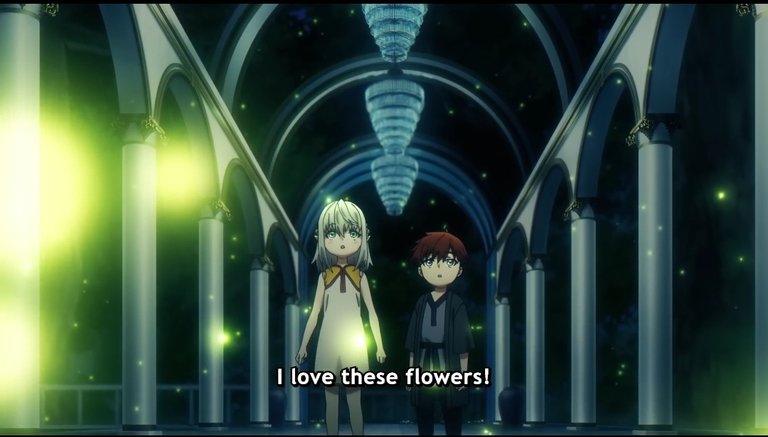
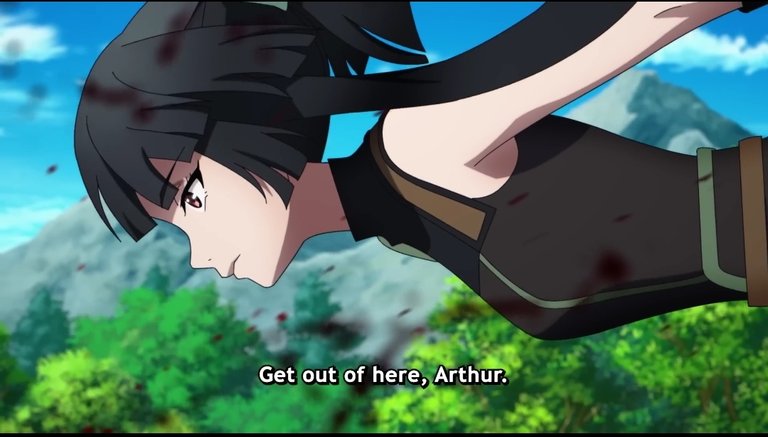
Thumbnail is designed by me on pixelLab and other images are screenshot from the movie


